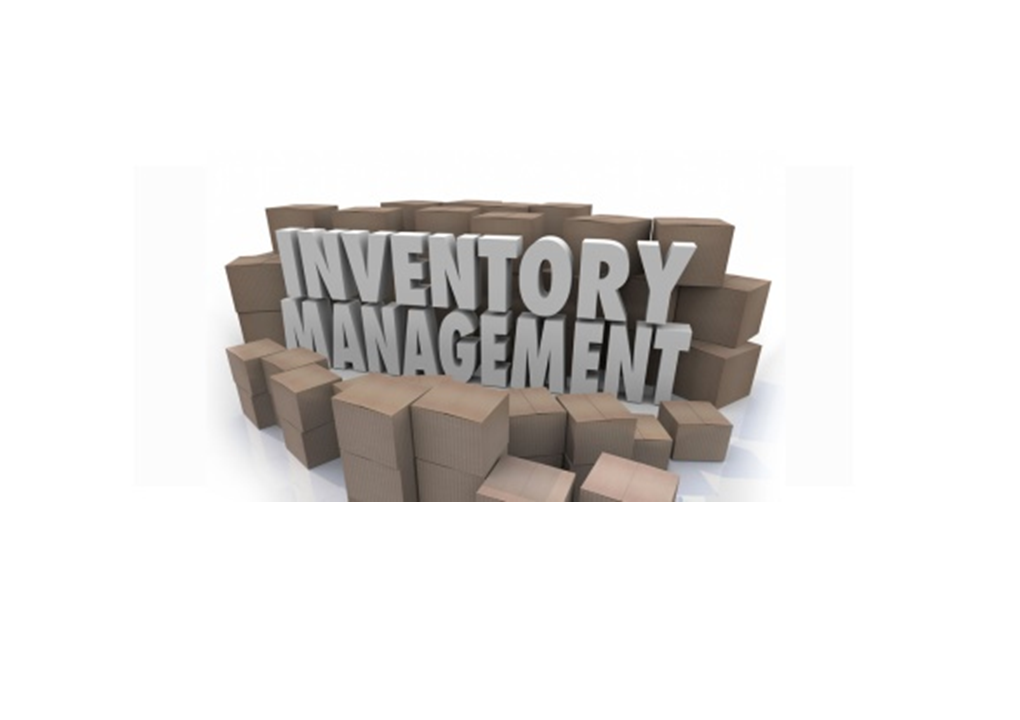Accounting Adjustments
Meaning of Adjustment
The transactions that do not appear in a ledger account are to be noted as adjustments. It is also known as accounting or year-ended adjustments. Adjustments are necessary for financial reporting that are made on accrual basis. The year-end adjustment typically made by journal entries (adjusting entries) that reflects in the company's financial statements. It is made before financial statements are prepared to ensure that company's financial records adhere revenue recognition and matching principle. Those financial transactions not included in the concerned ledger account are mentioned separately as adjustments after the preparation of trial balance.
Features of Adjustments
The following are some of the major features of adjustment that can help the accountant to identify and make adjusting entries.
It is given by named as accrual or deferred incomes or expenses
It is given at the end of all the transactions
It always affects the profit and loss and balance sheet
It is unwritten cash transactions
Importance of Adjusting Entries
The following are some importance of adjusting entries listed as bellows:
To settle accrued financial transactions
To Settle differed financial transactions
To ensure exact revenue
To ensure exact expenses
To update the financial statements
To rectify any errors
Effects of Adjustments in Final Accounts
Every adjustments has a dual effect. The duel effects are recorded either in:
Trading A/c to Balance Sheet or
Trading A/c to Profit & Loss A/c or
Profit & Loss A/c to Balance Sheet or
Trading A/c, P/L A/c and Balance Sheet or
Only in Balance Sheet
Adjustments entries are usually made on the last day of an accounting period (year, quarter, month) so that financial statements reflects the revenues that have entered and the expenses that we were incurred during the accounting period. An accounting period is any time frames used for financial reporting. It is also known as reporting period.
Note 1: The purpose of each adjusting entry is to get both income statement and balance sheet to be accurate.
Note 2: Trading account is the first step of final account while second, third and fourth steps of final accounts are profit and loss account, profit and loss appropriation account and balance sheet respectively.
List of Accounting Adjustments
The following are the major adjustments and their entry process listed as below:
Closing Stock: It goes to assets side of B/S and Cr. Side of Trading Account
Outstanding Expenses: It goes to liabilities side of B/S and Dr. Side of P/L Account
Accrued Income: It is deducted from head of income account on the Cr. Side of P/L Account and shown assets side of B/S
Prepaid Expenses: It is deducted from concerned expenses accounts on the Dr. Side of P/L Account and shown assets side of B/S
Unearned Income: It is deducted from concerned income account on the Cr. Side of P/L Account and shown liability side of B/S
Depreciation: It is deducted from concerned fixed assets on the assets side of B/S and Shown Dr. Side of P/L Account
Appreciation: It is added to concerned fixed assets on the assets side of B/S and Shown Cr. Side of P/L Account
Amortization (Write Off): It is deducted from concerned assets on the assets side of B/S and Shown Dr. Side of P/L Account
Bad Debts: It is deducted from sundry debtors on the assets side of B/S and shown on Dr side of P/L Account
Provision for Bad Debts: It is deducted from sundry debtors on the assets side of B/S and shown on Dr side of P/L Account
Loss of goods and Insurance Claim (Full Accept, Partial Accept and Not Accept): Fully-The loss amount is deducted from purchase on Dr. side of Trading Account and accepted amount shown on assets side of B/S. Partially-The loss amount is deducted from purchase on debit side of Trading Account and accepted amount shown on assets side of B/S and unaccepted amount shown on Dr. side of P/L Account. Not Accepted-The loss amount is deducted from purchase on debit side of Trading Account and same amount shown on Dr. side of P/L Account
Provision for Dividend (Proposed, Interim and Final Dividend): The amount is shown Dr. Side of P/L Appropriation Account and shown on the liabilities side of B/S
Reserves and Funds: It is shown on the DR. side of P/L Appropriation account and liabilities side of B/S
Outstanding Commission to Manager: It is shown Dr. side of P/L Account and Liabilities side of B/S
Provision for Taxation: It is shown Dr. side of P/L Account and liabilities side of B/S
Goods Distributed as Sample: It is debited in P/L Account as advertisement expenses and is credited to purchases
Classifications of Adjustments
Basically, the above all the adjustments can be classified into three categories described as bellows:
Accruals: It refers to the revenues and expenses that have not been received or paid. These adjustments includes outstanding expenses, accrual incomes etc.
Deferrals: It refers to the revenues and expenses that have been received or paid in advance. It includes prepaid expenses, unearned incomes etc.
Estimates: These adjustments are recorded of basically non-cash transactions. It includes depreciation and amortizations, bad debts estimations, provisions, reserves etc.
Conclusion
The transactions that do not appear in a ledger account are to be noted as adjustments. It is also known as accounting or year-ended adjustments. Adjustments are necessary for financial reporting that are made on accrual basis. The year-end adjustment typically made by journal entries (adjusting entries) that reflects in the company's financial statements. It is made before financial statements are prepared to ensure that company's financial records adhere revenue recognition and matching principle. Basically, the above all the adjustments can be classified into three categories include accruals, deferred and estimates.
Come On, Tell Me What You Think!
Did I miss something? Come on! Tell me what you think about this post on Accounting Adjustments in the comments section.




Thanks for the explanation!
ReplyDeleteTax Checklists
Its my pleasure!
ReplyDeleteTax preparation will adjust the whole account.
ReplyDeletetax planning Dallas